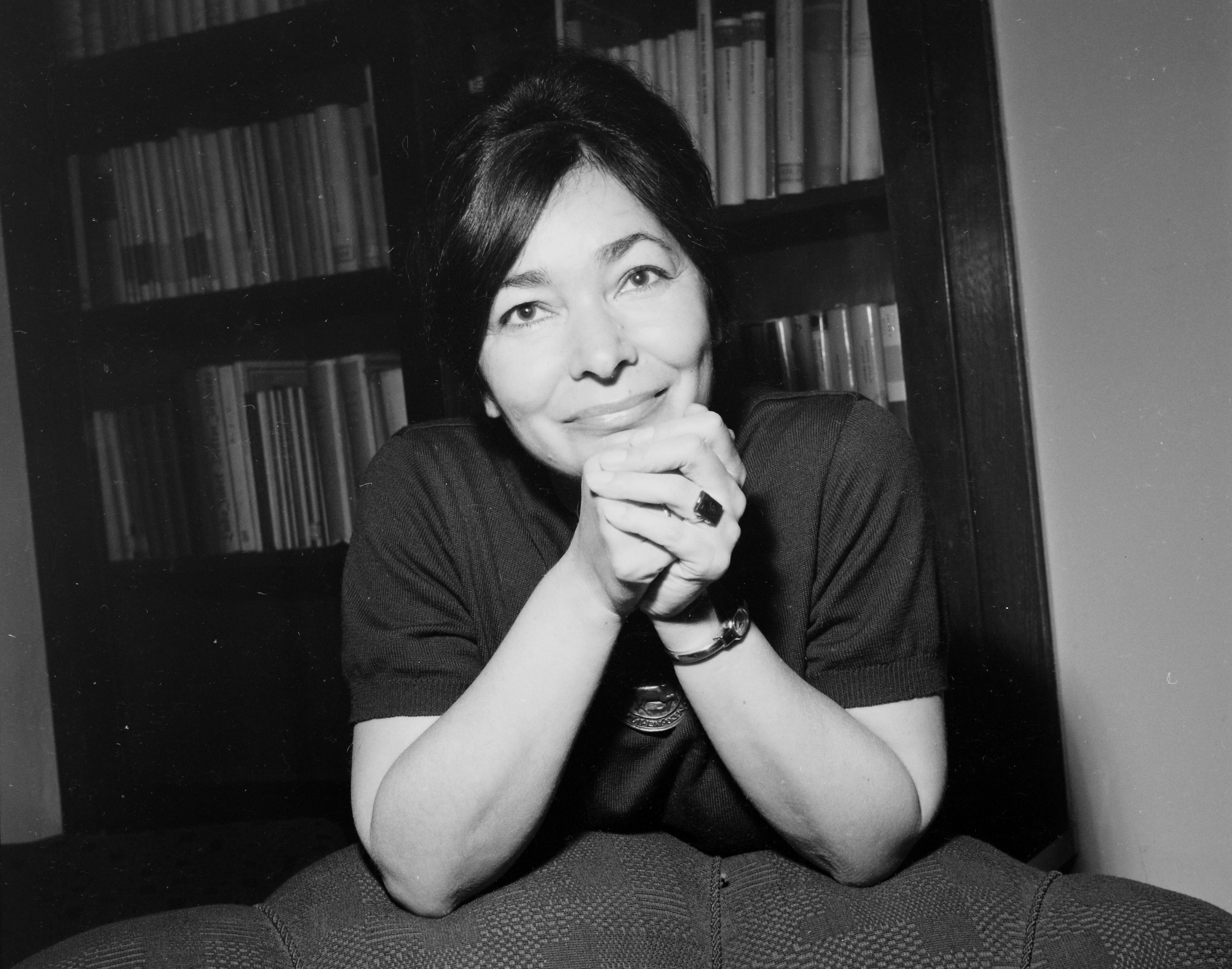The Door
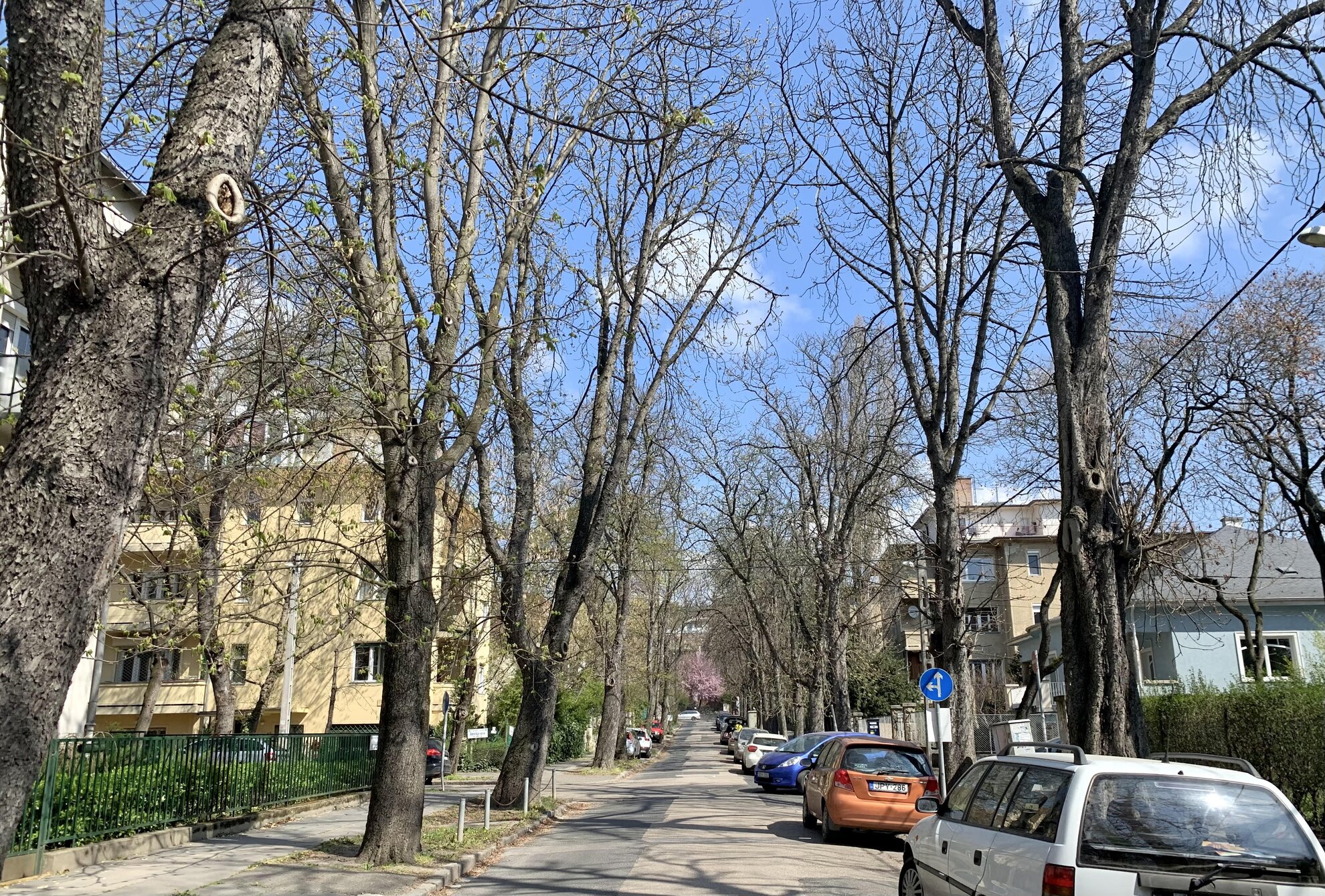
The Door was Szabó’s great success on the international market. The protagonist of the story is a now legendary housekeeper who keeps the home of the writer and her husband in order for more than 30 years, becoming a quasi-family member in the process.
In the novel, Emerenc lives on the same street as the writer, who can see her employee’s apartment from the window – which was the case in reality. The figure of Emerenc was inspired by the Szabós’ housekeeper, Julianna Szőke, who lived at Júlia utca 7 in Pasarét, two houses down from the writer at No.3.
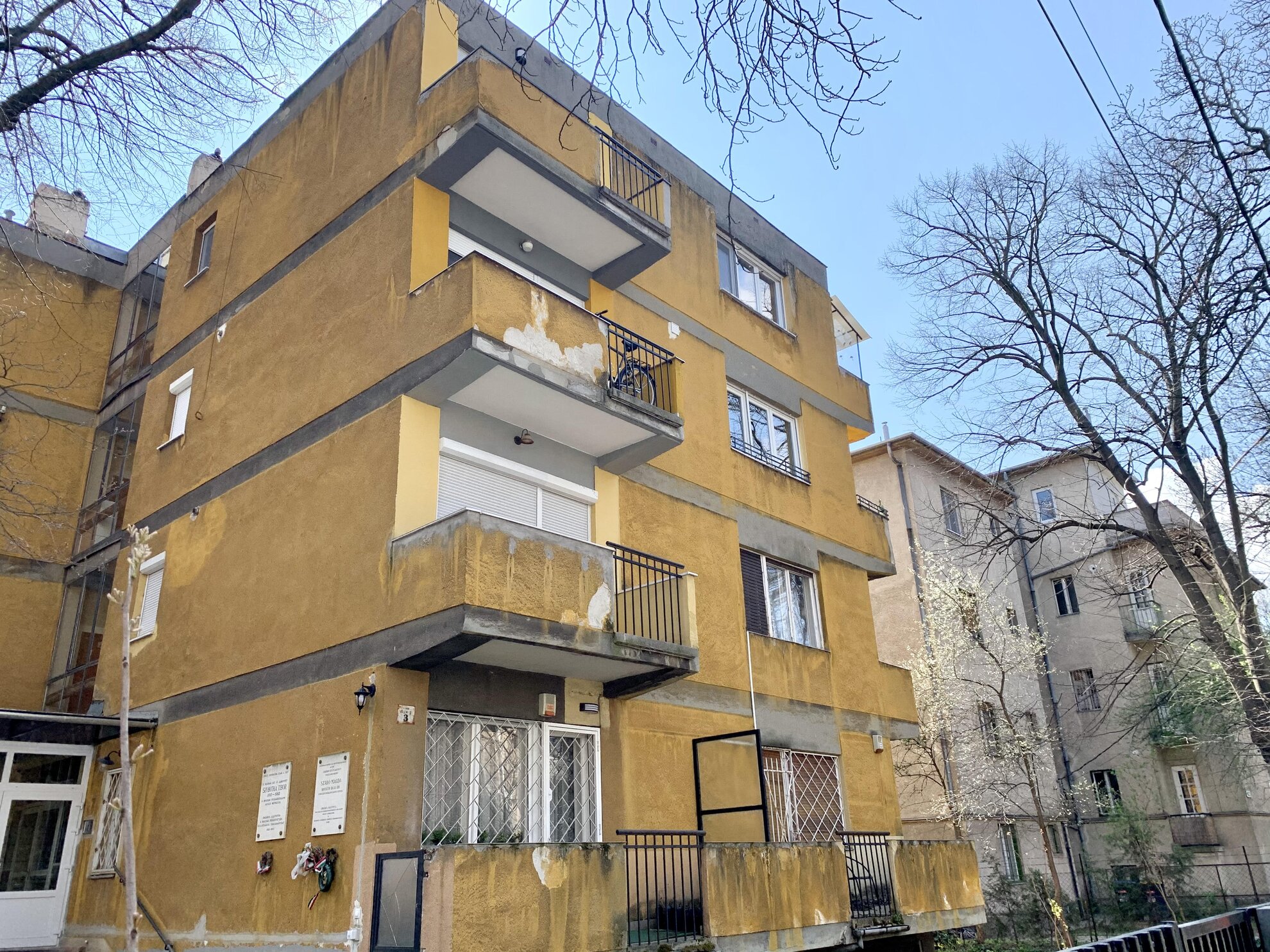
Take a walk down Júlia utca today and you not only see the former residence of Magda Szabó and her husband Tibor Szobotka from the outside, but also the ground-floor apartment of Julianna Szőke. Note that the film version, directed by the great István Szabó and starring Helen Mirren, was not shot here but in Lotz Károly utca, two streets away.
Katalin Street
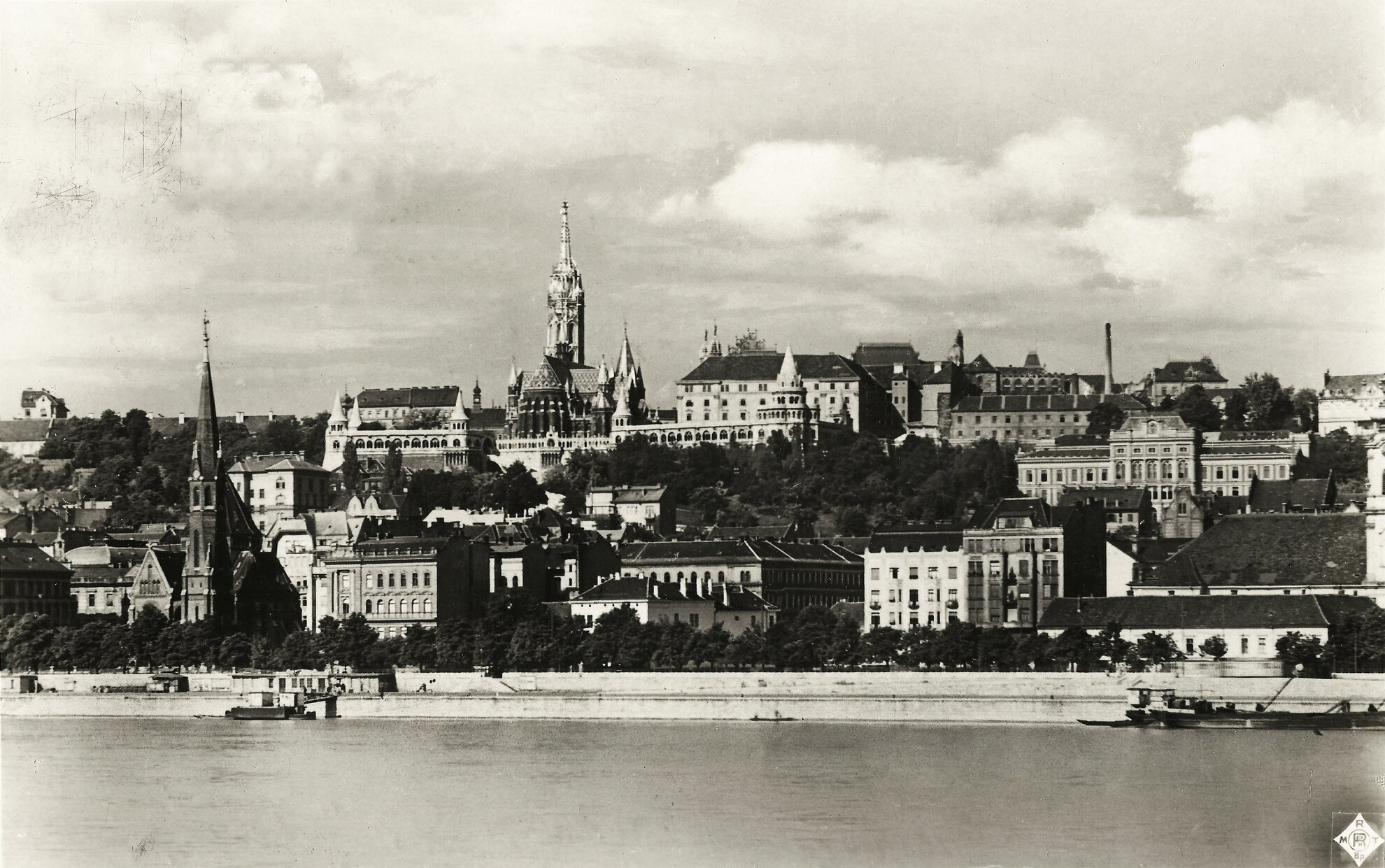
Magda Szabó's novel Katalin Street was published in 1969. It slices up history through three families over 30 years, the living and the dead. The story begins in the 1930s – members of the Held, Elekes and Bíró families are neighbours and friends on Katalin utca, symbolising innocence and past youth that can never be recaptured.
Katalin Street
“...when the car turned into Katalin utca, yes, she could already see the church, a statue of a woman in front of it, standing on a wheel, then a narrow street with houses rising on one side, no buildings on the other, only a row of thick-waisted, low lime trees with the Danube gleaming. The houses were different from what she was used to: serene, secluded, heritage houses clinging to the Castle” – Magda Szabó, Katalin Street.
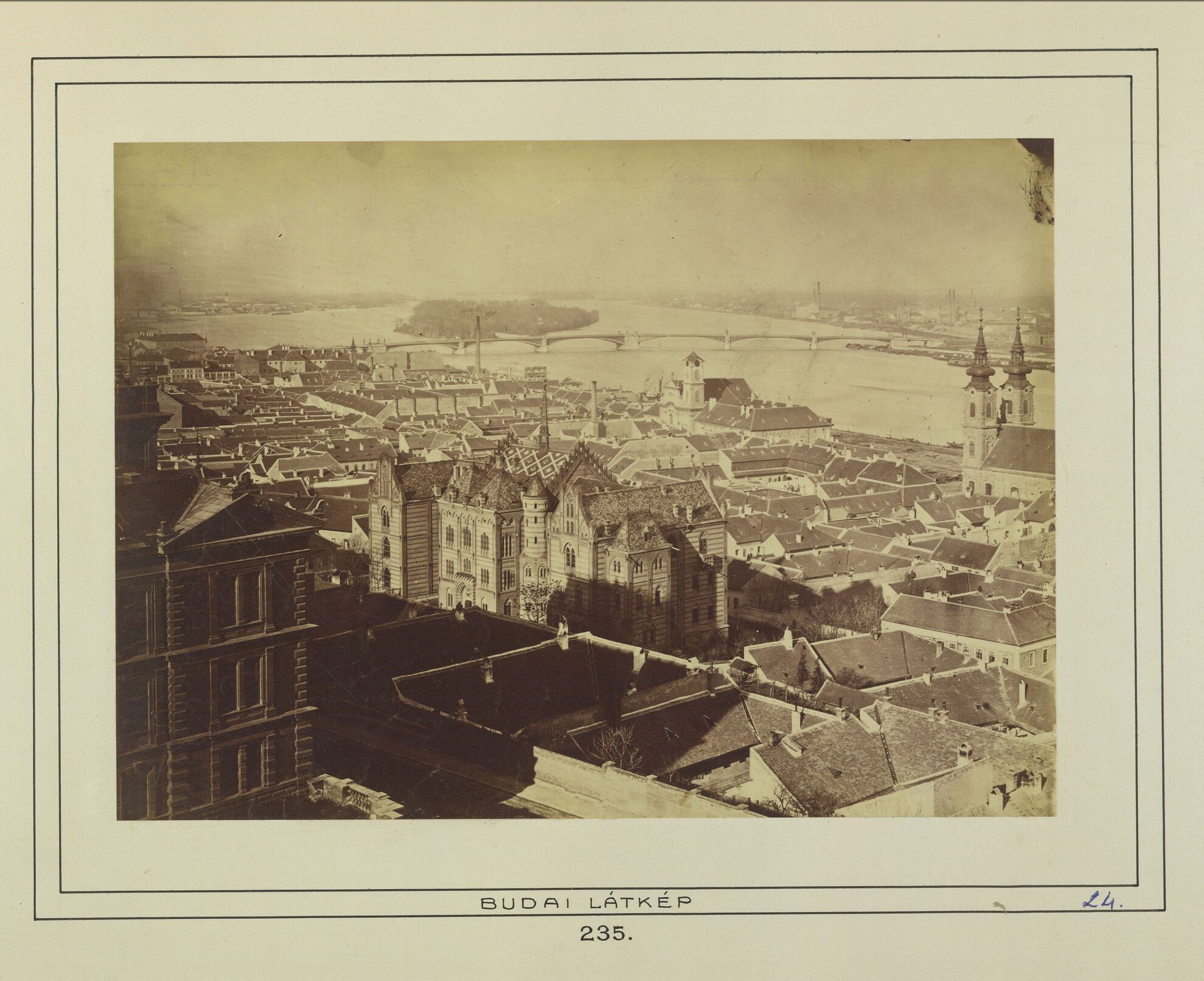
But there’s no street in District I which fits that description. One hundred and fifty years earlier, in the heyday of the Tabán, there may have been smaller houses that stood directly on the riverbank, but by the 1930s, you can only see large residential houses between Fő utca in Víziváros and the Buda embankment. For a similar kind of atmosphere, try the steep streets of Felhévíz, around the Buda side of Margaret Bridge.
Tell Young Sophie & Birthday
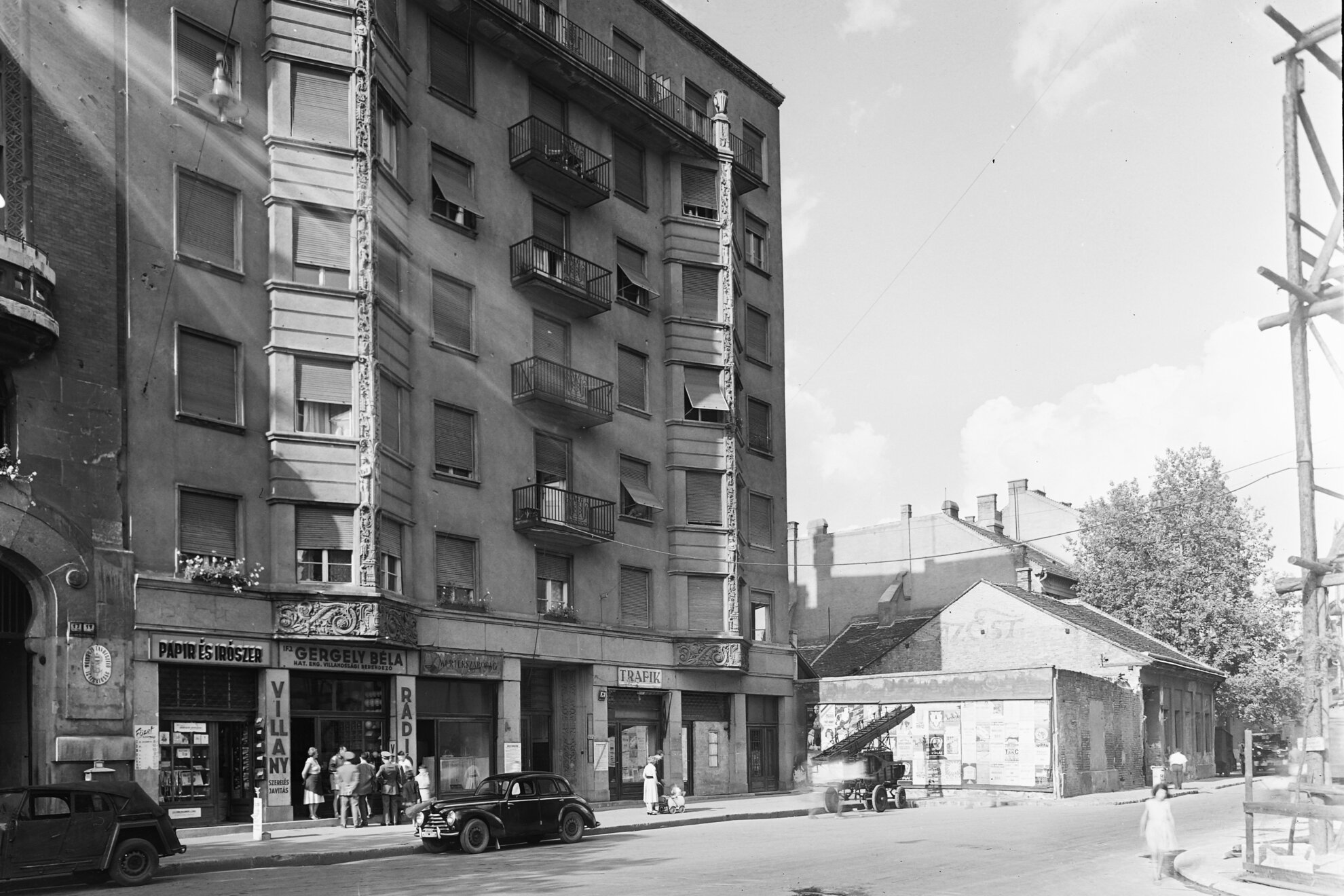
Magda Szabó began her career as a poet, and after being promised and withdrawn the Baumgarten Prize in 1949, she was put on a blacklist and was unable to appear in print for ten years. During that time, she taught in elementary schools, gathering material for her young adult novels, such as Tell Young Sophie and Birthday.
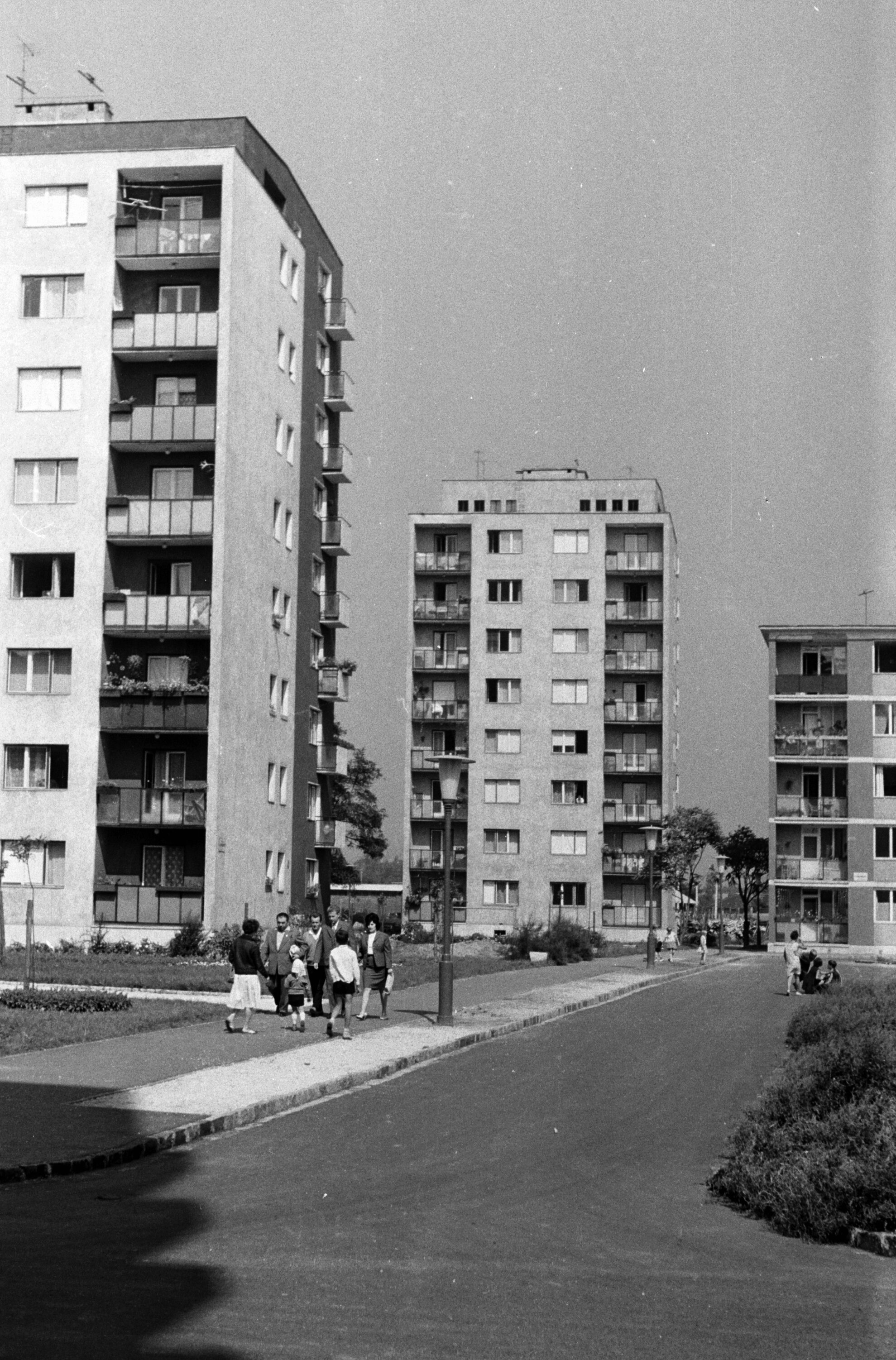
Her first job was at a primary boys' school on Szinyei Merse utca, moving to Horváth Mihály tér in District VIII. Although in Tell Young Sophie there are several locations cited in District I, Szabó herself once said that her young adult novels were set in the 8th because she knew the area best from a teacher’s point of view, as she taught there for eight years.
The novel Birthday also features fictitious street names and institutions – Eperjes Benjámin utca, Szivárvány Áruház – but based on the descriptions, it is easy to recognise District VIII:
District VIII
“Eperjes Benjamin utca is one of the streets in the city centre, twisty-turny, long, irregular. It was not called that before, but Kanál utca, and renamed after the Liberation in 1945. The street is so long that one end reaches Forgács tér and the other ends at Hal tér. The wonderful Szivárvány Áruház department store stands on the corner of Forgács tér and our street... she loved this seemingly impossible street, where no building resembled the beautiful new houses of the Nagykörút or Üllői út.”
Danaida
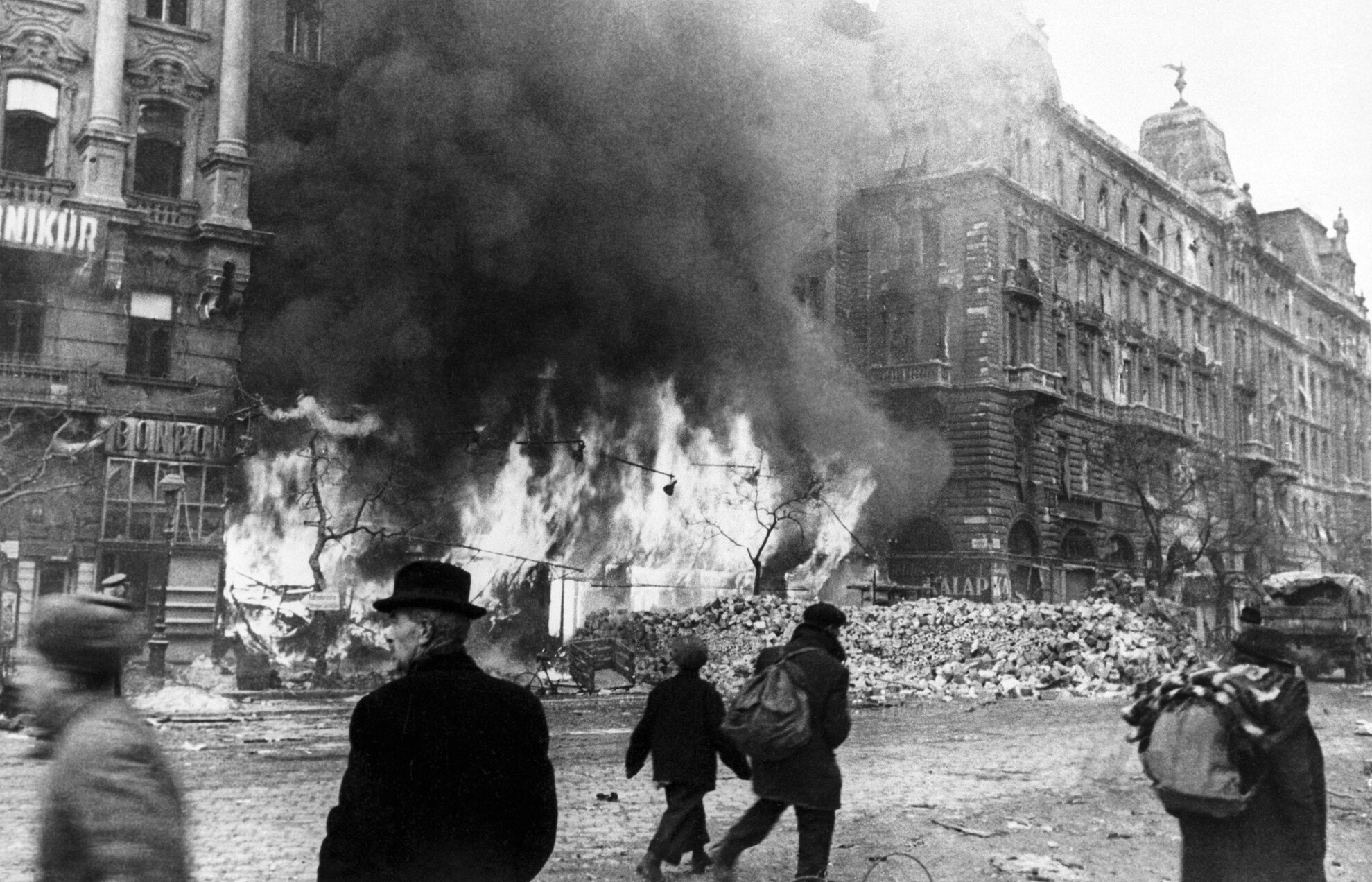
Danaida, like so many other novels by Magda Szabó, starts in the countryside. From there, Katalin Csándy arrives in Budapest immediately after the war-time Siege. This is one of the few of her novels where the writer mentions a public space that exists in reality:
Budapest after the Siege
“Katalin hardly recognised Budapest, people with backpacks filled with goods to haggle for the journey as she arrived, and although she didn't have to go far from the train station, she was startled... In the middle of the street next to the train station, rubble several metres high and a kilometre long had been piled up, and down one side a little red engine shuttled up and down, determined figures piling more debris and rubbish into it… Katalin had to look for Miklós Surányi in Podmaniczky utca...”
Magda Szabó herself came to Budapest after the war as a ministry official, so she most likely put herself in Katalin's shoes, amazed at the ruined capital. Another recognisable location in the book is again in District VIII, even if the street names are not the original:
Where the streets have no name
“Their library was located in a different district, not around the train station, like their apartment, in one of the characteristic, unsophisticated parts of the old capital, Sáfrány tér. Here once a small, crummy sweet factory was the most significant building, Gypsies lived in the side streets, the lumpen proletariat everywhere, an uncertain existence..."
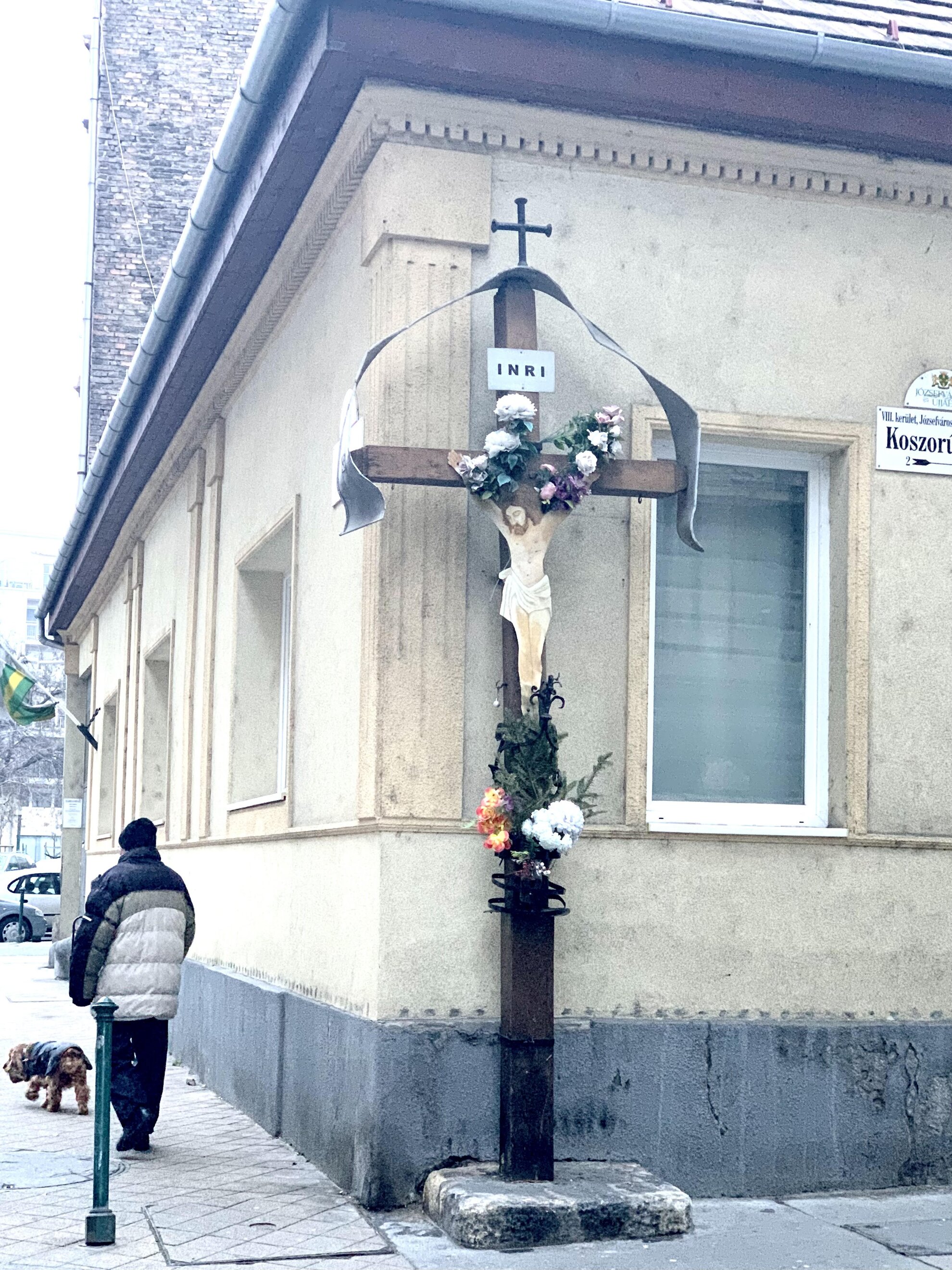
"In this area, it was clear that these separate little neighbourhoods had melded into the capital at some point, then became part of the giant body... She also loved Koszorú köz... on the corner of Mák utca and Koszorú köz, stood Christ who, even in 1953, had not been regilded or repainted, but rather showed his actual form, still honoured here and there with a few flowers or candles, sometimes with an ugly little wreath.”
The Deer
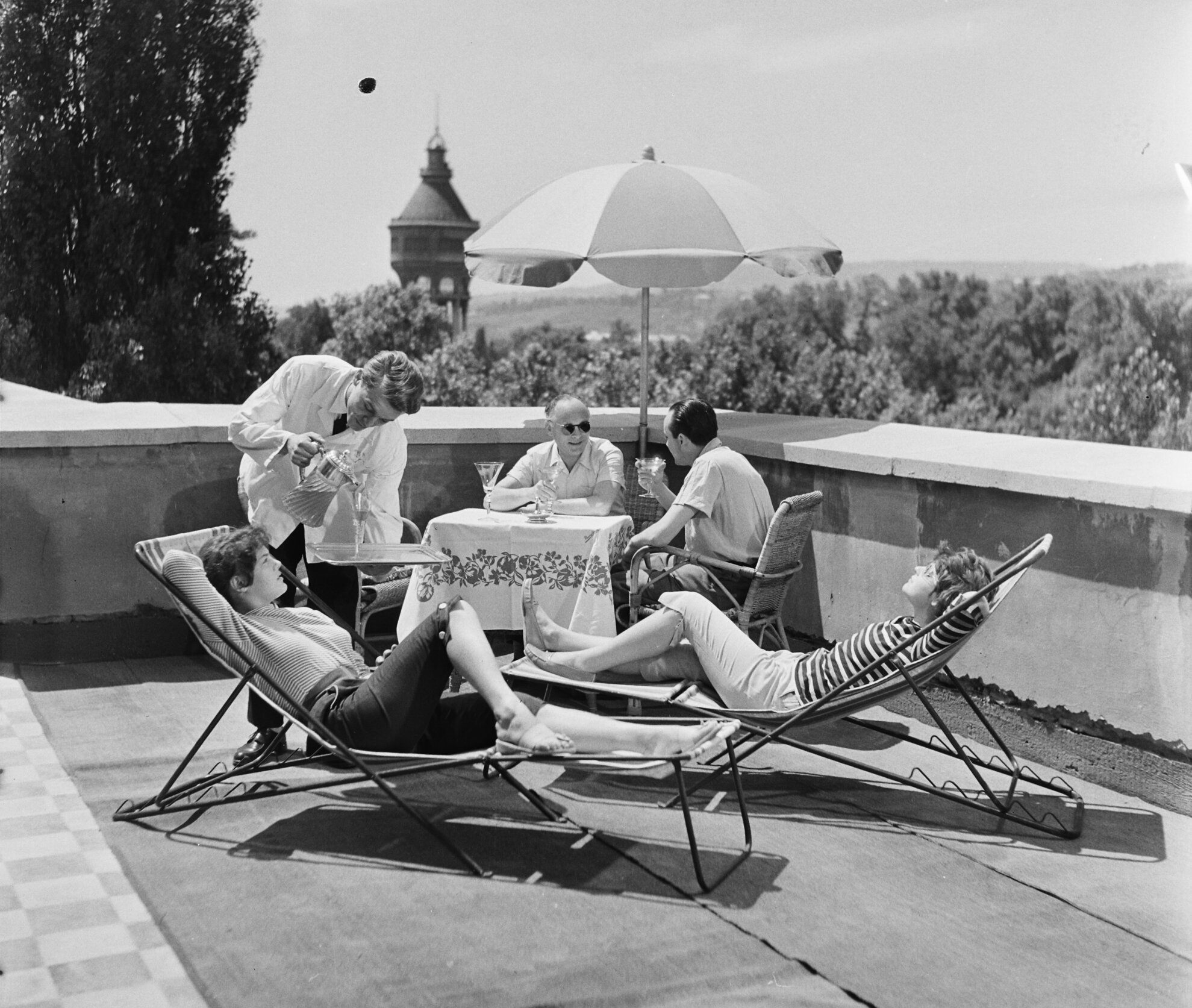
The main character of The Deer,
Eszter Encsy, like Katalin Csándy, comes to Budapest from a small town along
the Tisza right after the war, in her early twenties – but the young actress
takes a completely different path from the dutiful librarian.
The Deer is an
inner monologue in which Eszter speaks honestly about her life for the first
time. Sitting beside the grave of her dead lover, her thoughts walk her through
his past.
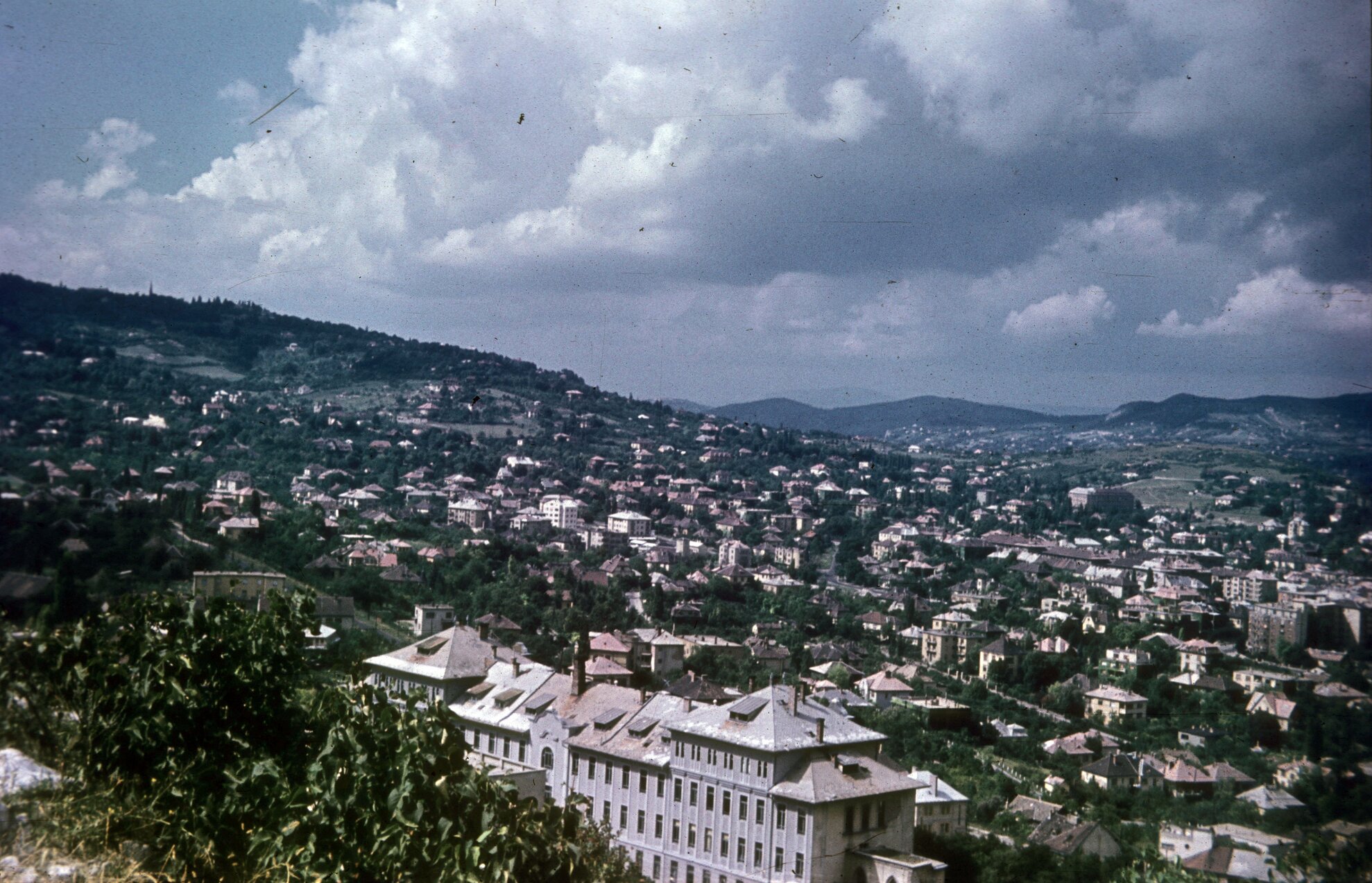
The locations in Budapest take us to Sas Hill, where his villa is “above the city”, to Margaret Island, to the Grand Hotel, badly damaged in the war and then restored, whose reconstruction he took part in:
Rebuilding Budapest
“Hella couldn't speak when she saw her. The singers all said that it hurt their voices to carry or dig up bricks, Pipi shouted, rheumatic, unable to carry a wheelbarrow. Everyone grabbed a spade, walked stiffly, women coughed. For a while, I just sat on a pile, laughing at them, watching the actors cry, then ran up to the top of the ruins and started tossing down the bricks and bits of tin.”
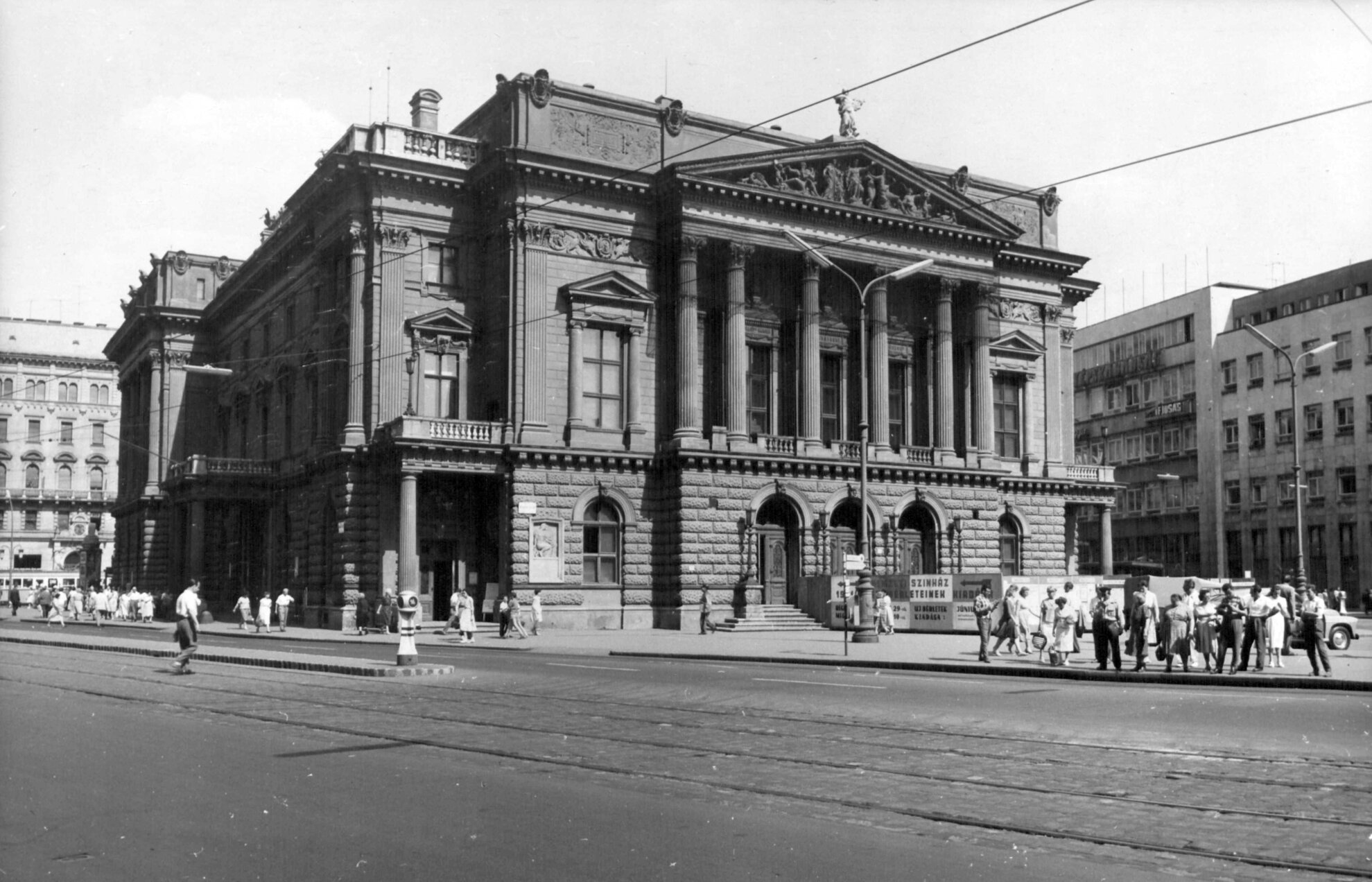
More perceptive readers might pick out the old National Theatre disguised within the name of the Lendvay: “...once you were accompanying me into the theatre, and just then Angéla turned round on Rákóczi út, from Corvin... She walked there in front of us, her burgundy dress shining between the summer houses".
